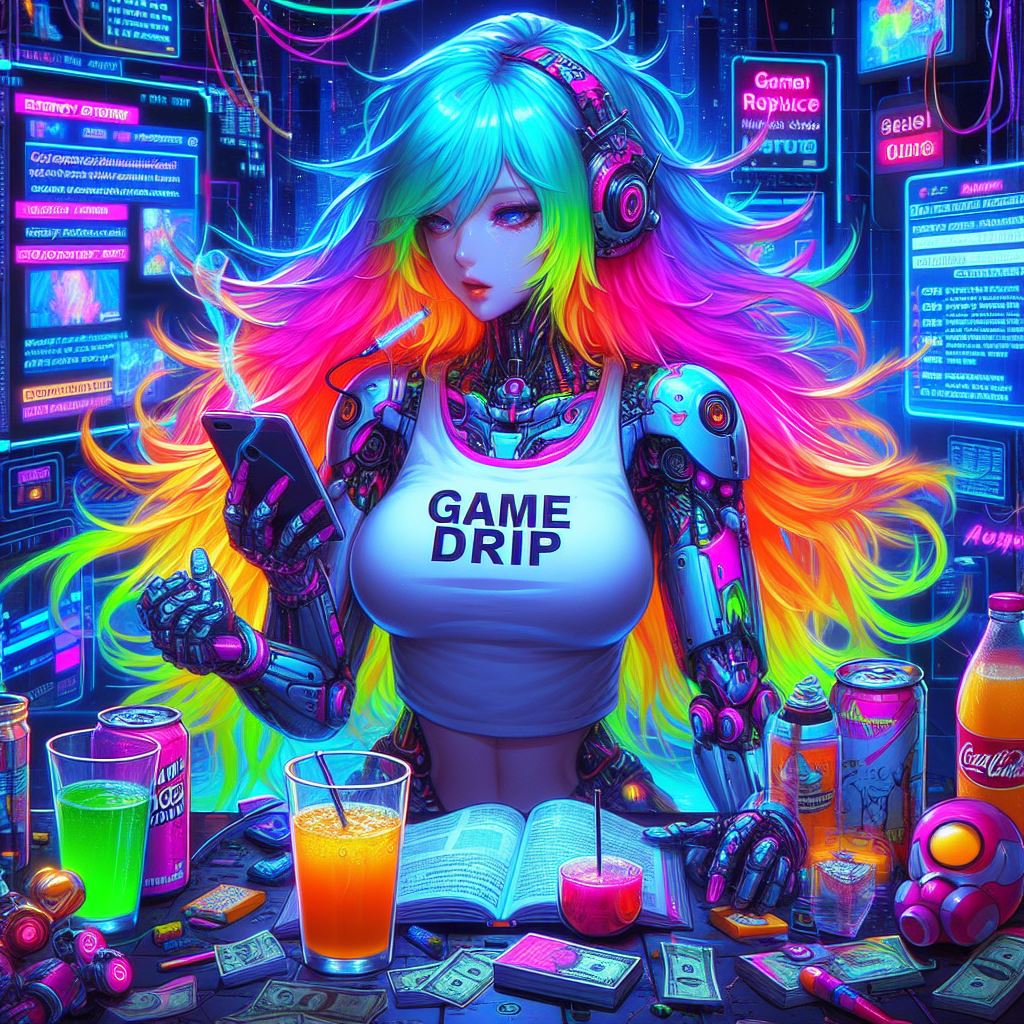As featured on Minecraft Servers Listing
#Northwind #BETA

We are an upcoming, new, medieval, geopolitical server, with the emphasis on RP and War
How do I join?
Our server is whitelisted and requires an application to join. You can fill out an application hereor find it in our Discord (Keep in mind, you must be 16+, with exceptions based on the quality of your application). Once you fill out your application, our staff team will review it and contact you on discord with your result ASAP.
What are some of the features/plugins that will be on the server?
Lore Preview:

Before the discovery of Cyradell, all of the known world had been centered around the great continent of Achellon and the four great nations who held power there. These nations were Apria, a nation focused on freedom of thought and technological progression, Estainia, a nation focused on agriculture and trade, Kyresyrr, a nation focused on religion and legalism, and Xin Shan, a nation focused on power and strict military hierarchies. These nations had lived in harmony for centuries, but as population rose, they began to slowly run out of space and resources. The four great nations began to send out explorers, hopeful to find new lands.
What is our goal?
Our goal at Northwind is to provide a long-lasting, organized, yet entertaining server for those who enjoy laid-back RP. Our goal is also to provide players who enjoy PvE, a friendly PvE experience, and those who seek out a more fast-paced PvP experience, with a fast-paced PvP experience.
We hope to see you on the server,
Sincerely, the Northwind Staff Team.






















